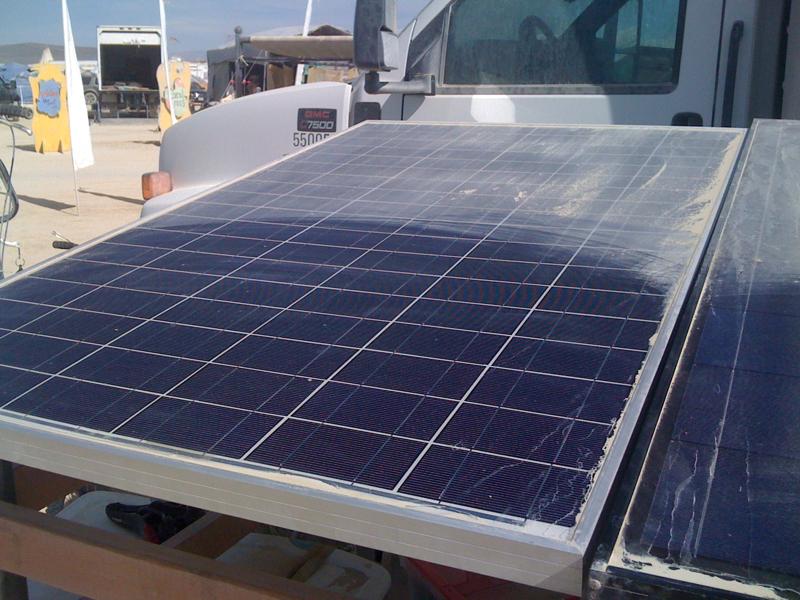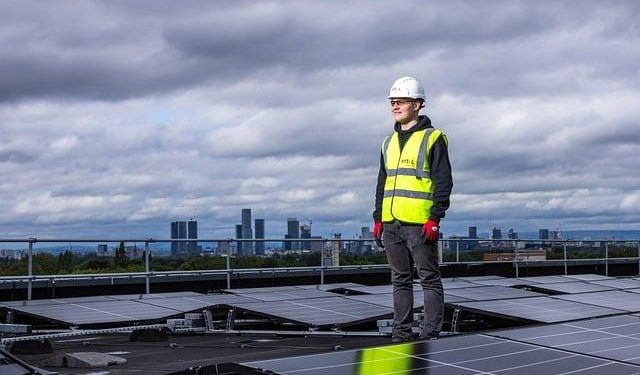In a world increasingly powered by the sun’s generous rays, the promise of solar energy has long shimmered as a beacon of hope for a sustainable future. Yet, as solar panels sprout across rooftops and solar farms stretch across vast landscapes, a critical question emerges from the shadows: Are these shining innovations genuinely nurturing the environment, or are they merely casting long, unnoticed shadows? This article delves into the heart of solar technology’s environmental impact, peeling back the glossy veneer to explore the complexities and contradictions that lie beneath. As we navigate the intersection of technology and ecology, we seek to illuminate whether the current wave of solar advancements truly aligns with the green aspirations they claim to champion.
Exploring the Environmental Impact of Cutting-Edge Solar Technologies
The advancement of solar technology has ushered in a new era of renewable energy, promising cleaner power sources. However, the environmental impact of these innovations is a subject of ongoing debate. On one hand, modern solar panels boast increased efficiency and reduced carbon footprints during operation. Yet, the manufacturing and disposal processes still pose significant environmental challenges. Thin-film solar cells, for example, often utilize rare and toxic materials, which can lead to ecological harm if not managed properly.
- Material Extraction: The extraction of raw materials such as silicon, cadmium, and tellurium can lead to habitat destruction and pollution.
- Manufacturing Emissions: Although solar panels produce clean energy, the production process is energy-intensive and often relies on non-renewable resources.
- End-of-Life Disposal: As the first generation of solar panels reaches the end of its lifespan, the need for sustainable recycling solutions becomes more pressing.
Despite these concerns, ongoing research and development are crucial in mitigating the environmental drawbacks associated with solar technology. Innovations such as biodegradable solar panels and improved recycling techniques offer a glimpse of a more sustainable future. Balancing technological advancement with environmental stewardship remains the key to truly harnessing the potential of solar energy for the planet’s benefit.

Evaluating the Carbon Footprint of Solar Panel Production
The environmental benefits of solar energy are well-celebrated, yet the production of solar panels involves processes that are not entirely green. It’s crucial to examine the carbon footprint associated with their manufacturing to fully understand their ecological impact. Key factors contributing to this footprint include:
- Raw Material Extraction: Mining for silicon, a primary component, often results in significant environmental disruption.
- Manufacturing Energy Consumption: High energy input is required, much of which is still derived from non-renewable sources.
- Transportation and Installation: Emissions from transporting panels and their installation further contribute to their overall carbon footprint.
As innovations in solar technology continue to evolve, there’s an urgent need to focus on making the production process more sustainable. This involves exploring alternative materials, improving energy efficiency in manufacturing, and optimizing logistics to reduce emissions. While solar panels are indeed a cleaner energy source, the journey to their production must also reflect our commitment to a greener future.

Harnessing Solar Power: A Balance Between Innovation and Sustainability
In the quest for cleaner energy, solar power stands as a beacon of hope. However, as we delve deeper into its widespread adoption, it becomes crucial to assess whether these innovations align with environmental sustainability. Current solar technologies, while promising, often face challenges that may inadvertently affect ecosystems. For instance, the production of solar panels involves the use of rare materials and chemicals, raising questions about their environmental impact. Moreover, large-scale solar farms can disrupt local wildlife habitats, demanding a careful balance between energy generation and ecological preservation.
- Resource Utilization: Solar panel manufacturing requires significant amounts of water and energy, potentially offsetting some of their green benefits.
- Land Use: Expansive solar farms can lead to habitat destruction, calling for innovative solutions like integrating panels into existing infrastructures.
- Waste Management: As panels reach the end of their life cycle, effective recycling methods are crucial to prevent environmental harm.
Ultimately, the path forward lies in continuous innovation, emphasizing sustainable practices that enhance the net positive impact of solar power. Embracing technology that minimizes resource consumption, maximizes efficiency, and harmonizes with natural ecosystems is essential to truly harness the power of the sun for a greener future.

Strategies for Enhancing the Eco-Friendliness of Solar Solutions
To truly amplify the environmental benefits of solar innovations, it is essential to adopt strategies that enhance their eco-friendliness. One approach is to focus on the sustainable sourcing of materials. By prioritizing the use of recyclable and non-toxic components in solar panels and related infrastructure, manufacturers can significantly reduce their environmental footprint. Moreover, investing in energy-efficient production processes not only minimizes waste but also conserves resources, paving the way for a more sustainable solar industry.
Another vital strategy is the implementation of end-of-life management systems for solar products. This involves establishing robust recycling programs that ensure the responsible disposal and repurposing of solar equipment. Additionally, promoting community-based solar projects can lead to a more localized and efficient energy distribution model. These projects not only decrease transmission losses but also empower communities by providing them with direct access to clean energy. By integrating these strategies, the solar sector can better align its innovations with ecological objectives, ultimately creating a more harmonious relationship between technology and the environment.
In Retrospect
As the sun dips below the horizon, casting its final golden rays upon the Earth, we are left to ponder the luminous journey of solar innovation. Have these advancements truly brightened our path toward environmental sustainability, or do shadows of doubt still linger? In this dance of progress and preservation, the answers remain as complex and varied as the landscapes they illuminate. While some strides shine brilliantly, showcasing undeniable environmental benefits, others leave us questioning the cost of their brilliance. As we continue to harness the sun’s power, it is essential to balance innovation with introspection, ensuring that our quest for renewable energy does not eclipse the very planet we seek to save. The dialogue between technology and nature is far from over, and as we stand on the precipice of tomorrow, the story of solar energy is still unfolding—one ray at a time.

































